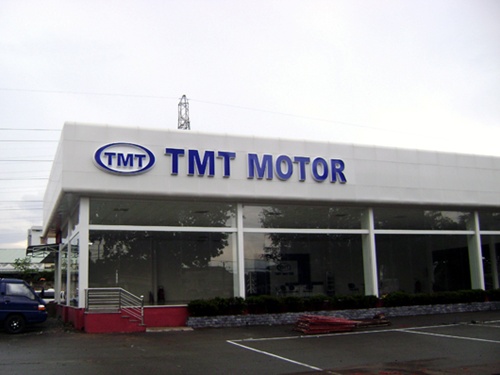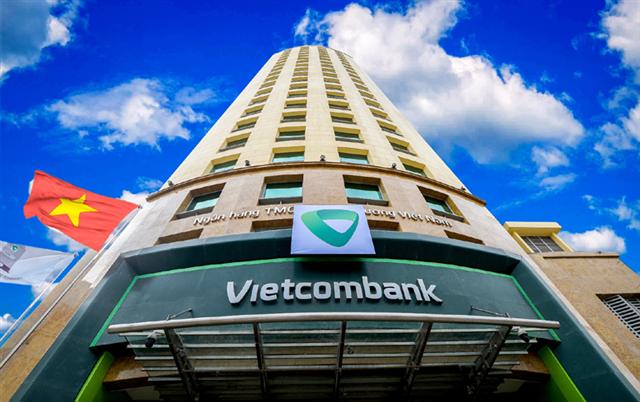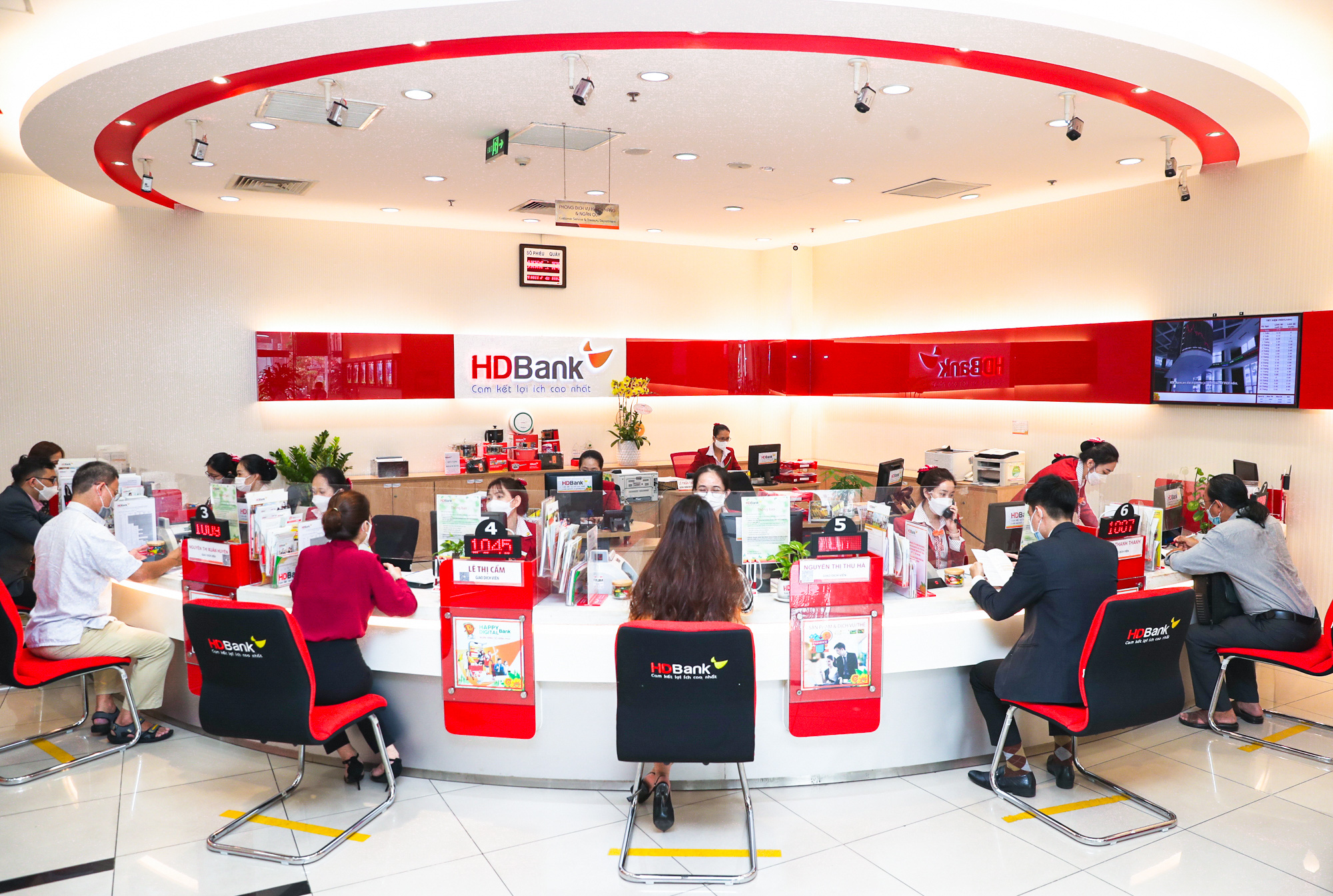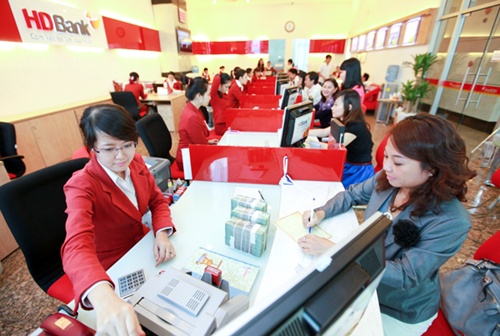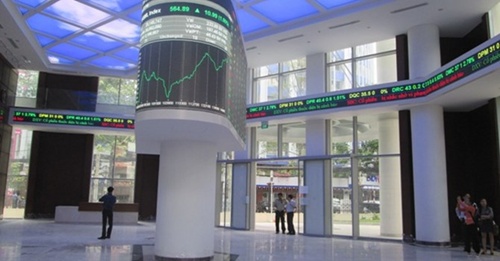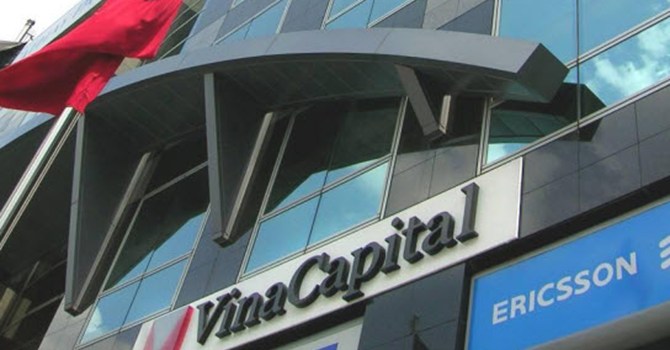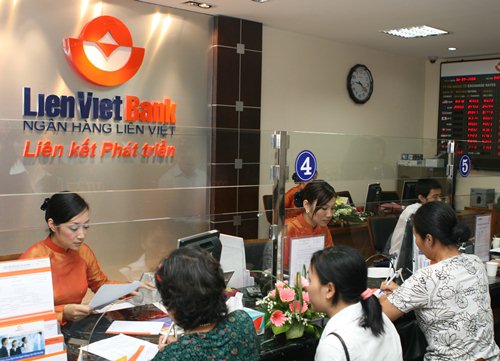Sacombank, Phuong Nam Bank to merge this year
Sacombank, Phuong Nam Bank to merge this year
Sacombank plans to merge with Phuong Nam Bank in 2015.
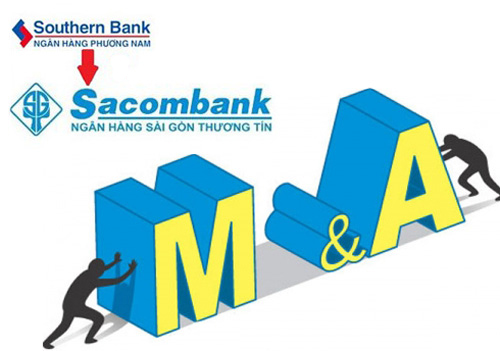
Sacombank Chairman Kieu Huu Dung revealed this at a shareholders meeting today, adding that the merger would help the bank boost competitiveness, enhance its operational scale, as well as optimise capital sources and market potential.
He said this was aimed at boosting the bank's position among the leading multi-function retail banks in the region, while supporting the national scheme to restructure the banking system in line with international standards.
Dung said details about the merger were yet to be finalised, and he would inform shareholders once the official plans were available.
Tram Be, the standing Vice Chairman of Sacombank and a senior advisor of Phuong Nam Bank, reportedly told a Phuong Nam Bank shareholders meeting on April 20 that 90 per cent of the merger process had been completed and the deal was likely to conclude in the second quarter of this year.
Be said the two banks expected to implement the merger at the rate of 0.75:1, which means every share of Phuong Nam Bank will be converted into 0.75 share of Sacombank. They were currently awaiting the approval of State Bank of Viet Nam (SBV) Governor Nguyen Van Binh.
Although, the majority of Sacombank shareholders had voted for the merger last year, and both banks were spontaneous about the deal, some shareholders had expressed concern that a merger with a weaker bank might be a drawback for Sacombank in the future.
Phuong Nam Bank was among the fragile lenders, which had been directed by the SBV to restructure, but it found that it was impossible to do the restructuring on its own.
On April 20, many shareholders also expressed the worry of Sacombank share prices sliding during the next two years after the merger.
At present, shares of Sacombank trade at around VND17,000 (80 U.S. cents) per share on the HCM City Stock Exchange, while shares of Phuong Nam Bank trade at some VND5,000 (24 cents) per share on the unlisted public companies market.
In addition, the annual bad debt ratio of Phuong Nam Bank has stayed over 5 per cent for the last few years, reflecting poor development.
Be said the merger wouldn't show benefits in the short term, but it would bring about advantages in the long run. Sacombank was among the best joint stock banks in the domestic market, and that was why the deal would be certainly good for Phuong Nam Bank shareholders.
He added that the Southern Bank had 4,000 trained employees, a staff Sacombank wouldn't be able to develop in a short period of time, even if it invested VND5 trillion to VND10 trillion ($238.10 million to $476.20 million) into human resource development.
Dung said Sacombank was on a momentum to expand its network and market share, and it was prepared to "bear short-term disadvantages to get to a new high."
Reports before shareholders stated that Sacombank's charter capital was expected to increase by VND2.43 trillion to VND14.85 trillion (by $115.71 million to $707.14 million), and total assets to grow 14 per cent year-on-year to VND214.55 trillion ($10.121 billion) in 2015.
Shareholders also adopted the bank's plans to establish a financial company with an equity of VND500 billion ($23.81 million), a life insurance joint venture with a contributed capital of VND500 billion, and a non-life insurance firm with an investment capital of VND300 billion ($14.28 million).
This year, Phuong Nam Bank, or Southern Bank will also aim to report a total asset value of VND93 trillion ($4.43 billion), up 13 per cent from last year, and a pre-tax profit of VND105 billion ($5 million), or six times as much as last year's figure.
It has also forecast a growth rate of 13.8 per cent for deposits and 5 per cent for lending, and a bad debt ratio of below 5 per cent.


